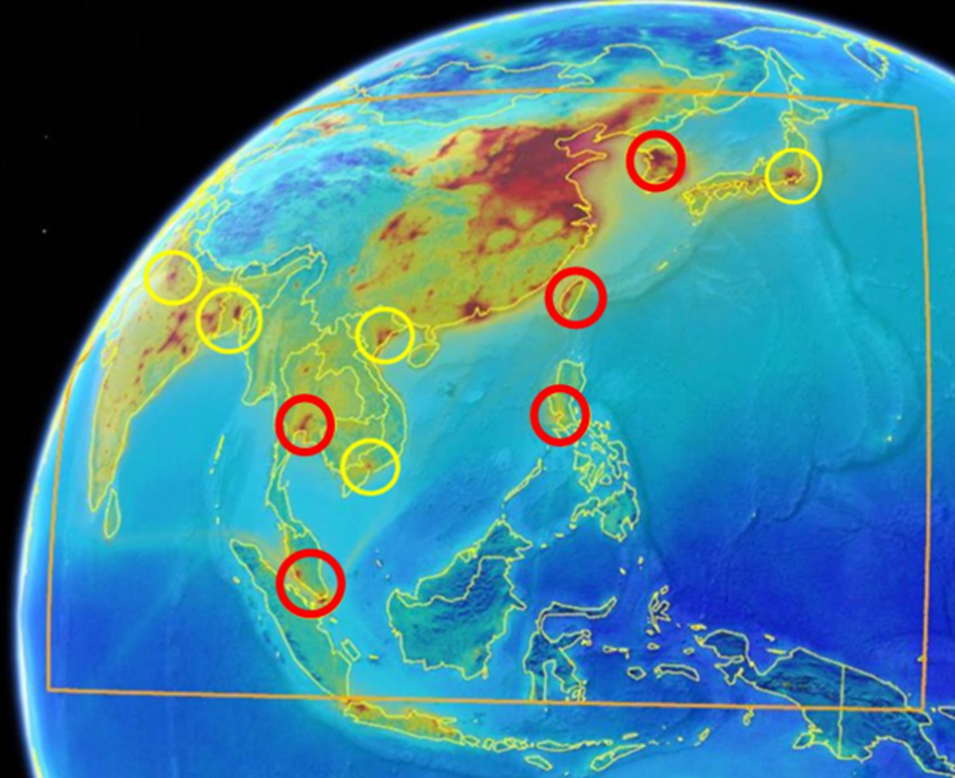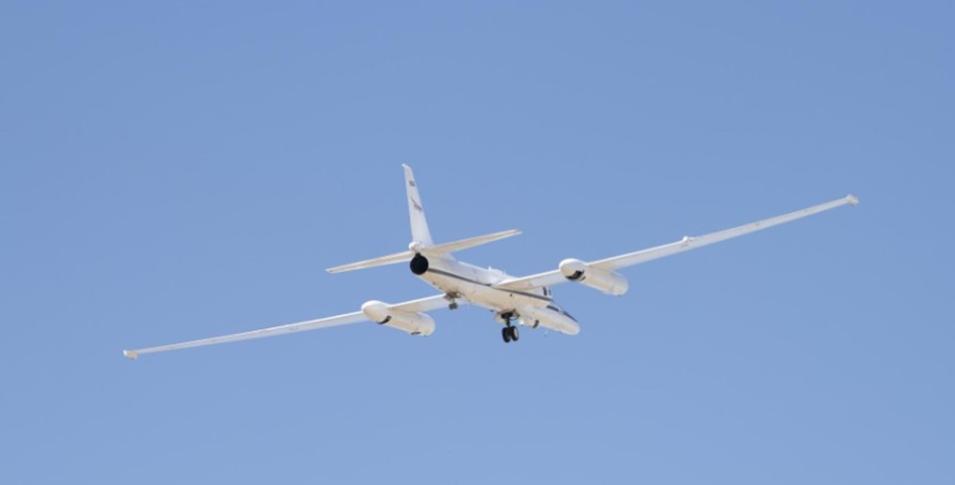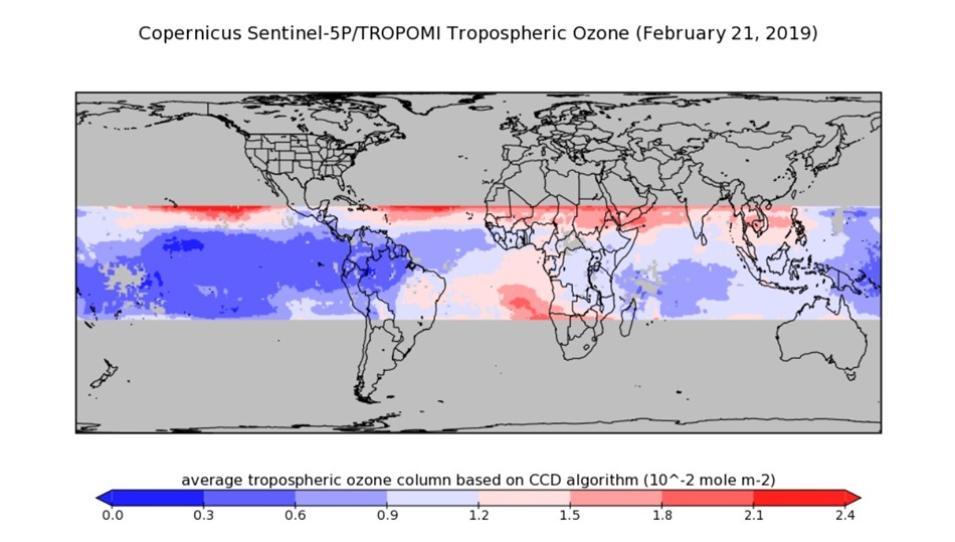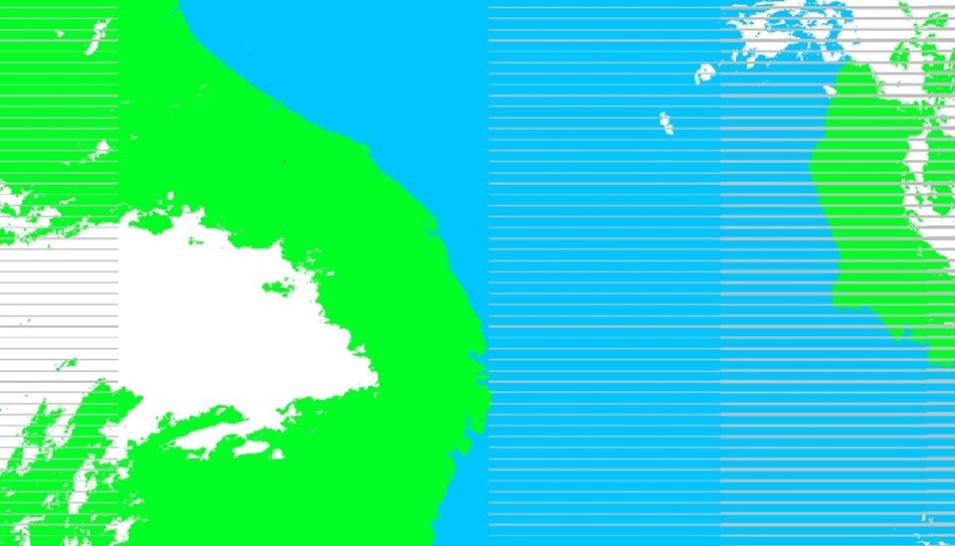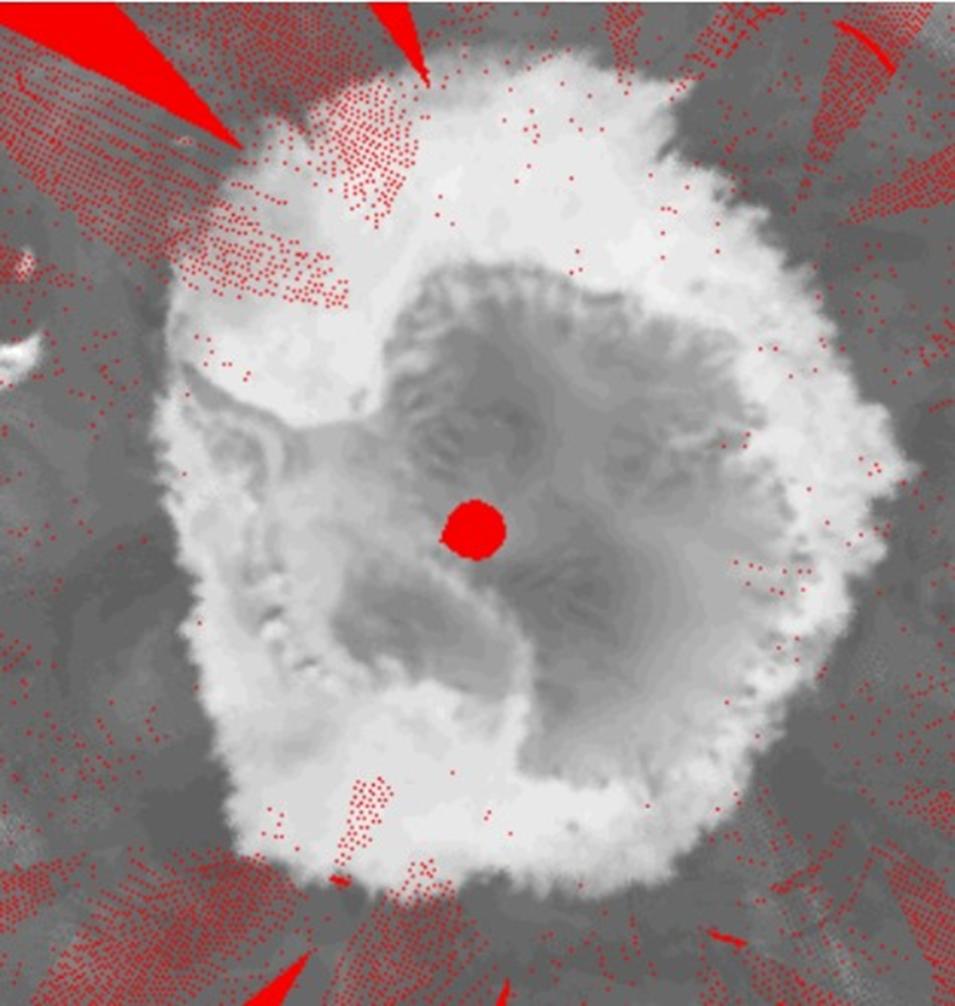NSIDC to Add SMMR and SSM/I-SSMIS collection to NASA Earthdata Cloud on April 8, 2025
NSIDC DAAC announced it will add 26 datasets from Nimbus-7's Scanning Multichannel Microwave Radiometer (SMMR) and the Defense Meteorological Satellite Program's Special Sensor Microwave/Imager (SSM/I)-Special Sensor Microwave Imager/Sounder (SSMIS) collection to NASA's Earthdata Cloud on April 8, 2025. After that date, the Earthdata Cloud HTTPS data access URL will be available from each dataset landing page using the HTTPS File System link under Data Access and Tools.
Learn more about the addition of these datasets to the Earthdata Cloud.
New Version 1.1 of Near Real-Time MODIS/Terra Level 3 Global Daily 500m SIN Grid Snow Cover, Grain Size, and Dust Radiative Forcing Dataset Available
A new version of the near real-time Moderate Resolution Imaging Spectroradiometer (MODIS)/Terra Level 3 Global Daily 500m SIN Grid Snow Cover, Grain Size, and Dust Radiative Forcing dataset—Version 1.1—is available from NASA’s NSIDC DAAC. This dataset contains the following parameters: snow fraction, snow grain size, vegetation fraction, rock fraction, ice fraction, shade fraction, deltavis, radiative forcing, and optical snow grain size. Version 1.1 data are forward processing and will be updated once a day. NSIDC DAAC is working to backfill data from November 1, 2023, through the present, so users will see missing data filled in over the next few weeks. These data are provided in netCDF format.
Access data and more information about version 1.1.
NSIDC Retires VIIRS Version 1 (Collection 1)
NSIDC DAAC announced it will retire the Visible Infrared Imaging Radiometer Suite (VIIRS) Version 1 (Collection 1) datasets on April 8, 2025. Once retired, the data will no longer be accessible, but all related documentation will remain available on the dataset web page for future reference. Users are advised to use VIIRS Version 2 (Collection 2), which includes 13 new Level 2 and Level 3 datasets from both the NASA/NOAA Suomi National Polar-orbiting Partnership satellite and NOAA-20 satellites.
Learn more about the retirement of the VIIRS Version 1 (Collection 1).
NSIDC Added MODIS Version 6.1 Collections to the Earthdata Cloud on March 18, 2025
NSIDC DAAC added 22 datasets from the MODIS Version 6.1 collections to NASA’s Earthdata Cloud on March 18, 2025. Although these datasets will continue to be available via their current URLs and workflows, these legacy access methods will be retired soon. Therefore, users are encouraged to update their direct download workflows, including any data download scripts, to use the new Earthdata Cloud HTTPS location after March 18, 2025. After that date, the Earthdata Cloud HTTPS data access URL will be available from each dataset landing page using the HTTPS File System link under Data Access and Tools.
Learn more about the addition of these data to the Earthdata Cloud.
DMSP SSM/I-SSMIS Daily Polar Gridded Brightness Temperatures, Version 6 Dataset Updated
NSIDC DAAC updated the Defense Meteorological Satellite Program (DMSP) Special Sensor Microwave/Imager (SSM/I)-Special Sensor Microwave Imager/Sounder (SSMIS) Daily Polar Gridded Brightness Temperatures, Version 6 dataset through January 5, 2025. This dataset provides daily gridded brightness temperatures derived from passive microwave sensors and distributed in a polar stereographic projection. NSIDC DAAC produces daily gridded brightness temperatures from orbital swath data generated by the SSM/I aboard the DMSP F8, F11, and F13 satellites and the SSMIS aboard the DMSP F17 and F18 satellites.
Access data and more information about the dataset update.
